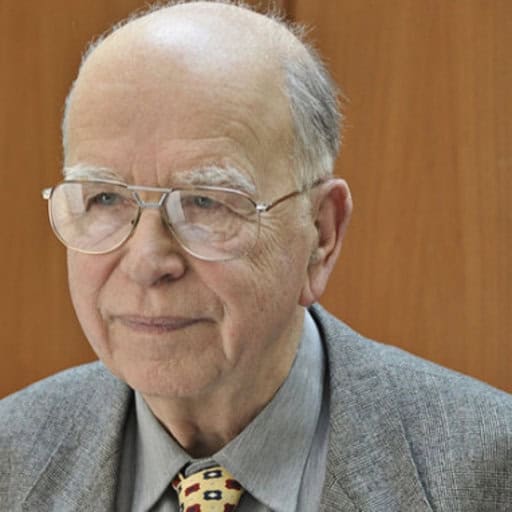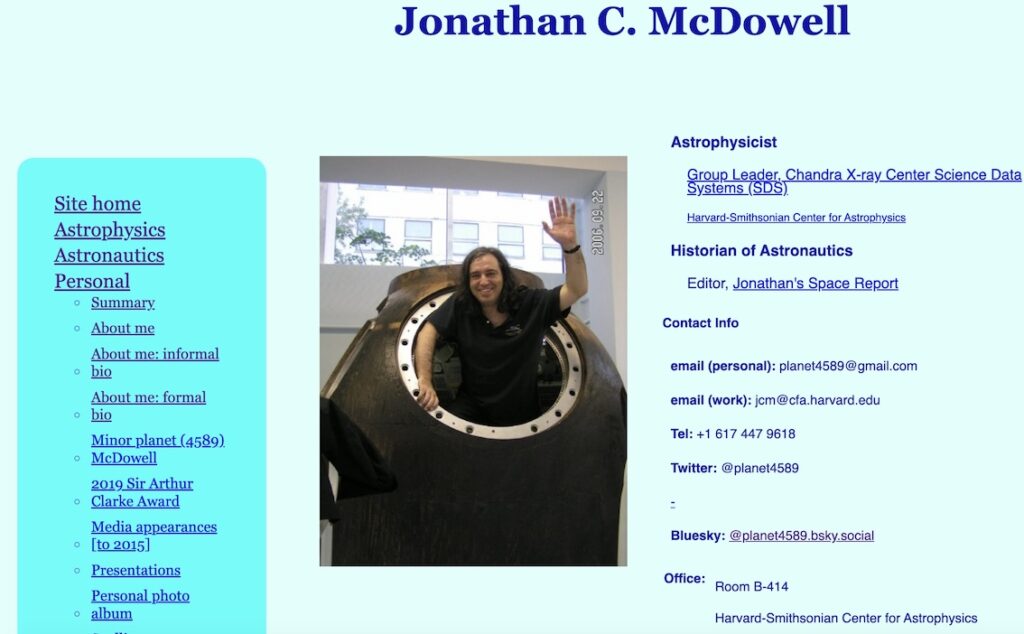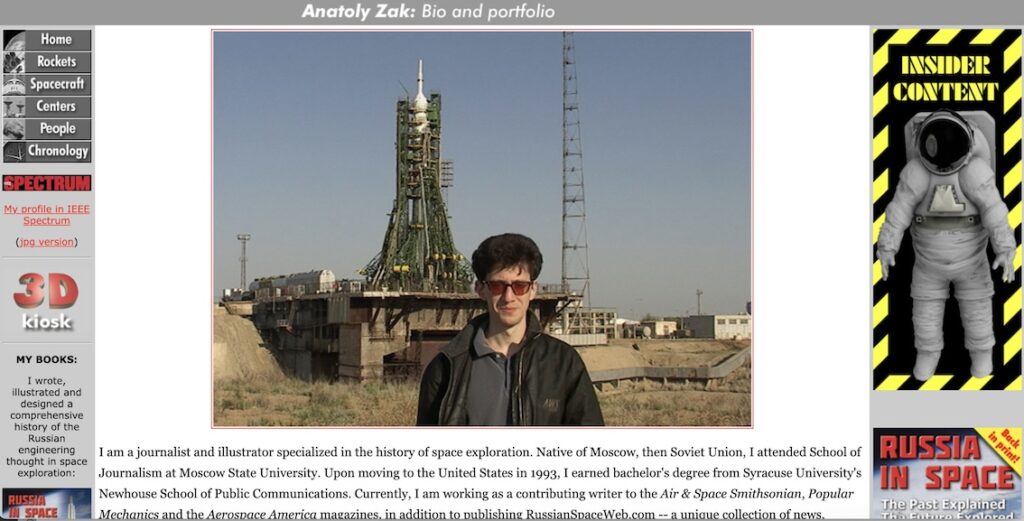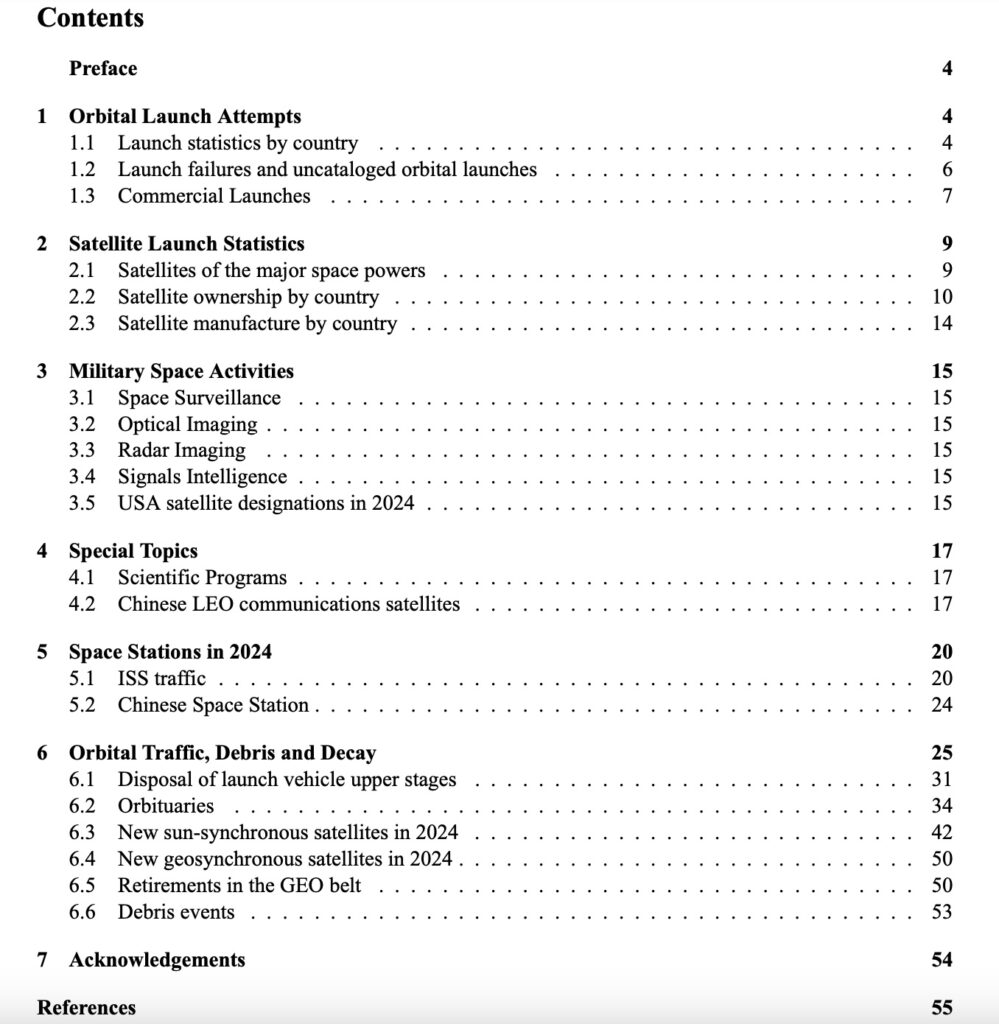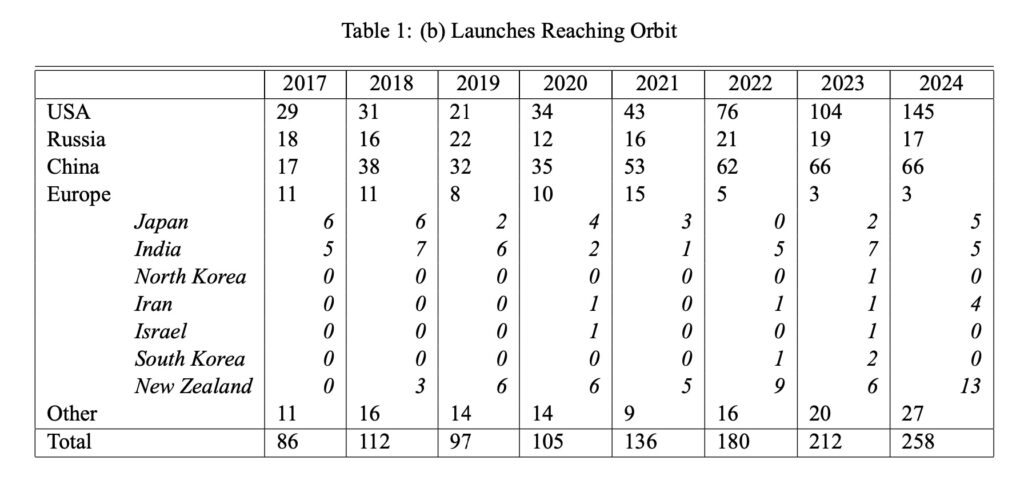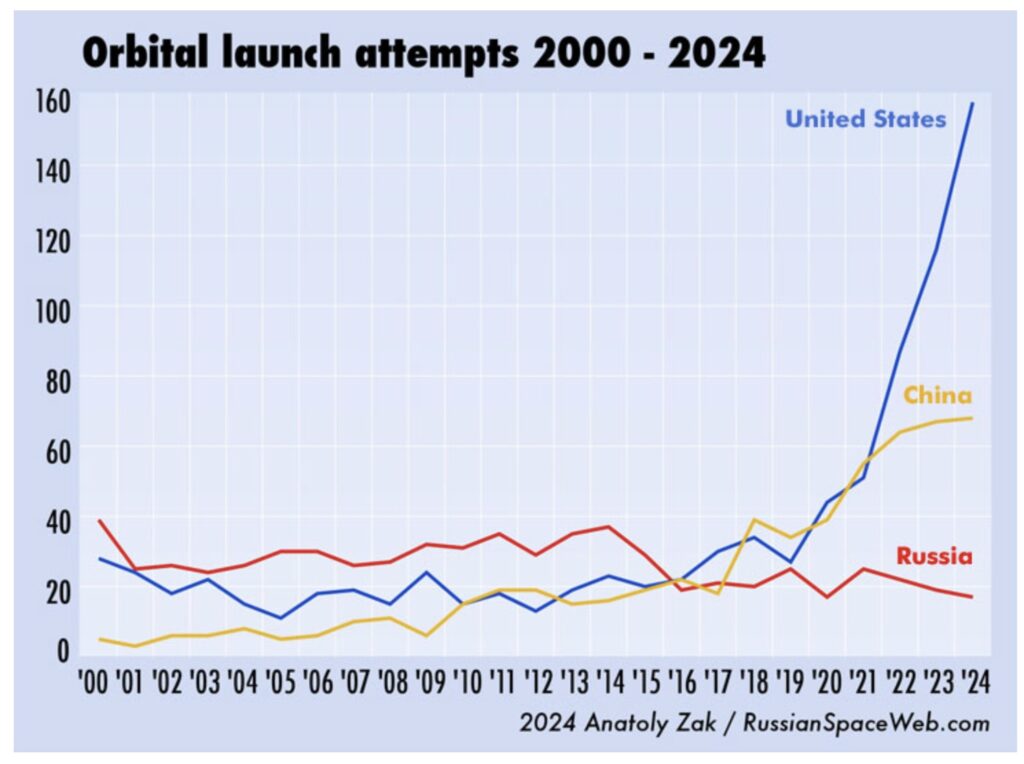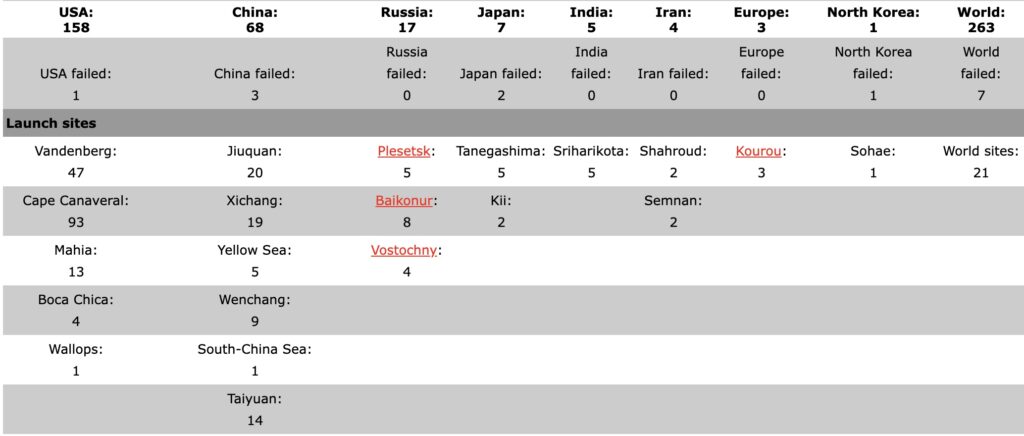In the UK, you need to get up early to see the lunar eclipse this week on Thursday night or Friday morning. It starts at about 4 a.m. and is totally eclipsed by around 6:30 a.m., just a couple of minutes before the moon sets. Since it occurs near the Moon-set, it will be low in the western sky.
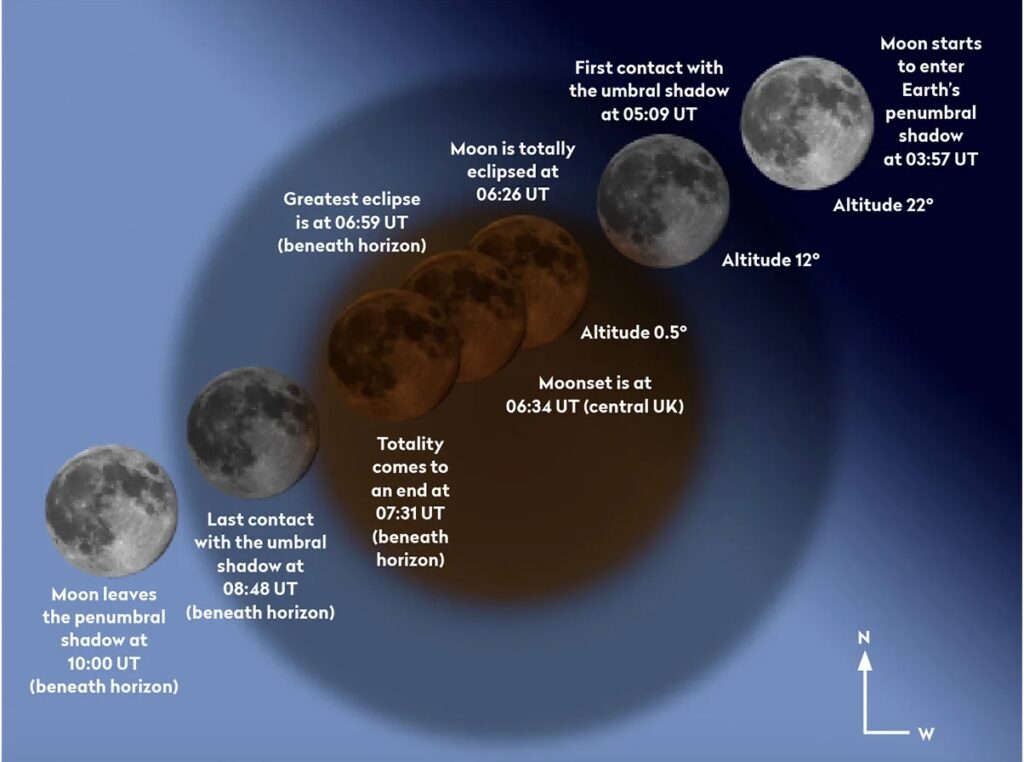
A lunar eclipse occurs when the Moon enters the Earth’s shadow, it does not disappear but takes on an intense red colour.
It will cause lots of headaches for the teams managing spacecraft on the lunar surface and in lunar orbit. Solar power is their only power source, so they will need to prepare several hours of ‘no sunlight’!
More at the skyandnight magazine here https://www.skyatnightmagazine.com/advice/total-lunar-eclipse-march-2025.
